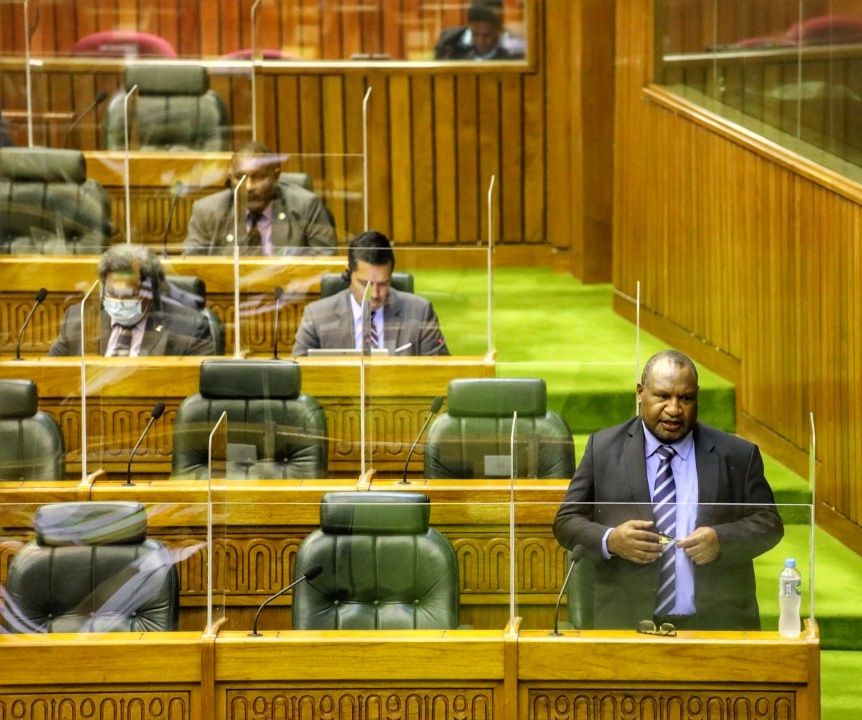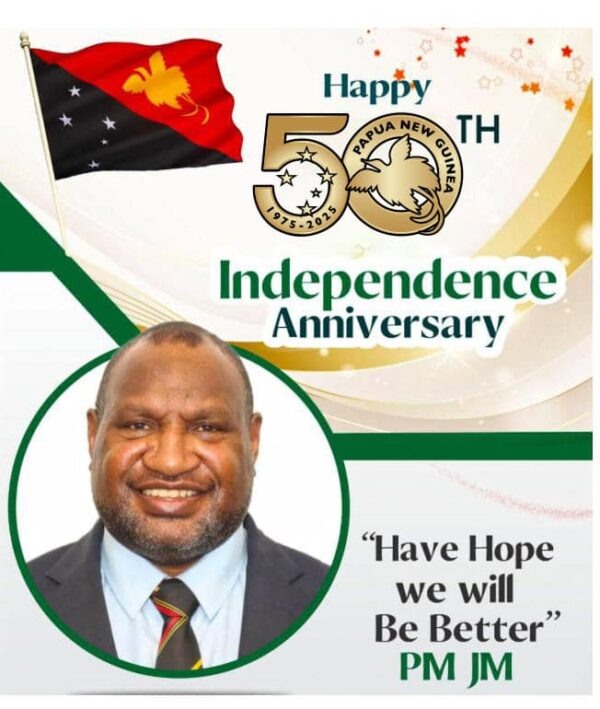MARCH 1 2022
STRUCTURAL reforms to improve energy production and tap into Papua New Guinea’s alternative power-generation sources continue as the new National Energy Authority (NEA) moves from strength to strength within one year of its establishment.

Minister for Energy and Rural Electrification Hon. Saki Soloma today provided an update to the country on the progress of NEA since its two enabling legislations, the National Energy Act 2021 and the Electricity Industry Amendment Act 2021, were passed in April last year bringing it into being.
NEA is among Prime Minister Hon. James Marape’s priorities to help industrialise the PNG economy and together with Connect PNG Programme in civil infrastructure, remains at the top of the list. NEA has come about through his Government’s rallying behind the enactment of the laws.
Today the Prime Minister joined those in Parliament who spoke in support of NEA and Minister Soloma’s work in getting the statutory body structured and operational.
He said NEA then becomes the regulator of power, which means PNG Power Ltd loses that function to NEA leaving it to operate only as a power supply company under a license.
This immediately opens the door to the existence of more power-supply companies in PNG, something the Prime Minister quickly took the opportunity to call for in Parliament today.
Bougainville, Manus, New Ireland, Oro and various other areas not connected to the PNG Power grid have the chance to take advantage of this new scenario with the Prime Minister calling upon their provincial governments to begin looking into creating their own power-supply companies.
The Prime Minister said PNG has a bountiful of alternative energy-production sources such as solar, hydro, wind, geo-thermal energy and NEA will be looking at developing all these forms.
Even in its infancy, already NEA has forged partnerships in the geo-thermal and hydro power spaces with Australian investor, Fortescue Future Industries, with the targets covering both domestic supply and overseas export and trade.
As for the current power programmes involving the “four nation” aid partners, the Prime Minister said the idea is to get each of these financiers to support the development of supply lines into the most populous areas of the country, such as Japan’s current support of the Yonki-Lae 132kva grid.
Several others being identified will be the Yonki-Madang-Wewak, the supply all the way to Hides, and Gulf-Central-Milne Bay grids.
“Vision 2050 clearly states that by 2030, 70 percent of our citizens must have access to electricity. So it is consistent with national focus that by 2050, and the three MTDs that we have operated thus far, that the 70 percent target is achieved – if not in 2030, at the very earliest,” said PM Marape.
![]()
